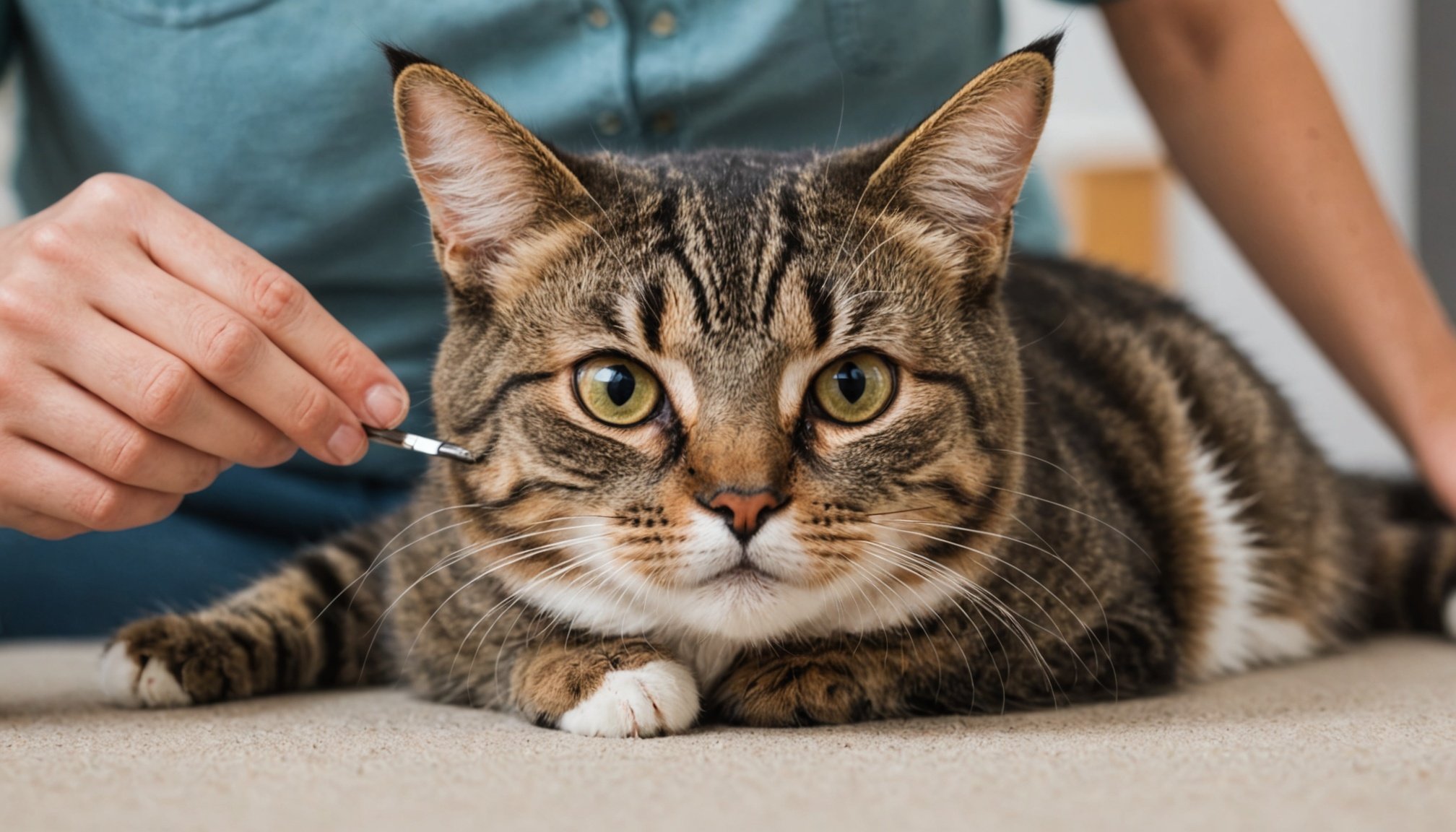Understanding the Importance of Nail Clipping for Cats
Maintaining proper nail care for cats is a crucial aspect of their overall health. Regular nail trimming prevents overgrowth, which can result in painful splitting or breaking that leads to discomfort or injury. When a cat’s nails grow too long, they may curve and dig into the pads of the paws, causing infections or even lameness.
The consequences of neglecting a cat’s nail care extend beyond health issues. Cats with untrimmed nails may exhibit destructive behavior, unintentionally damaging furniture or belongings. As their claws become a source of discomfort, cats might become anxious or aggressive, impacting their relationship with their owners.
A découvrir également : Creating a balanced diet for your hyperthyroid cat: effective strategies for weight management and energy boost
By engaging in regular nail clipping, pet owners can foster a more harmonious relationship with their feline companions. This routine care demonstrates empathy and concern for the cat’s wellbeing, building trust. Additionally, a cat accustomed to this familiar process is more likely to be calm and cooperative during veterinary visits or other grooming procedures.
In summary, nail care for cats requires consistent attention to ensure their comfort, prevent behavioral problems, and strengthen the bond between owner and pet. Prioritizing this aspect of pet care is essential for fostering a healthy and content feline companion.
Avez-vous vu cela : Effortless tips for calming your cat during nail trimming sessions!
Preparing Your Cat for Nail Clipping
Creating a calm and safe environment is essential for cat preparation before nail clipping. Begin by selecting a quiet area free from disturbances, where your cat feels comfortable. Gradual familiarization with both the nail clippers and the clipping process can ease anxiety. Leave the clippers in their resting area or around their toys to help them get used to their presence.
Familiarization techniques are crucial. Start by gently handling your cat’s paws when they are relaxed. This step helps them associate touch with comfort. Gradually introduce the feeling of having their nails tapped with the clippers without actually cutting. Do this regularly until they show no signs of distress.
Incorporate positive associations through reward-based training. Use treats and praises to create a connection between nail clipping and positive experiences. After each successful step towards allowing the clipping, provide a small reward. This repetition can build trust and reduce fear over time.
Once your cat is more comfortable, consider small initial clipping sessions. Clip one or two nails at a time, gradually increasing as they become more accustomed. Remember, patience and consistency with these methods often lead to successful nail clipping experiences for both you and your cat.
Techniques for Stress-Free Nail Clipping
Managing your cat’s nail clipping experience can become a harmonious routine with the right gentle trimming methods and stress-free clipping strategies. It is essential to approach the task with a positive attitude to ensure the best outcomes.
Step-by-Step Guide to Nail Clipping
To clip your cat’s nails with minimal stress, begin by gently positioning your cat on your lap or a comfortable surface. This creates a calm environment where both you and your cat feel secure. Approach the task with patience, selecting a time when your cat is relaxed, such as after a meal. Use soft tones to reassure your feline companion throughout the process.
Utilizing Positive Reinforcement
Incorporating positive reinforcement can transform nail clipping into a pleasant activity. Reward your cat with treats or affection after each successful clipping session. Gradual desensitization to the clipping sounds and sensations can further ease tension. Initially, allow your cat to explore the tools, creating a positive association before actual clipping begins.
Tools and Equipment
Invest in quality clippers specifically designed for pets. The right tools enhance safety and efficiency. It’s also prudent to have first aid supplies ready to address any accidental nicks. Safety measures, including understanding proper trimming techniques, will minimize risks, making the experience safe and stress-free for your cat.
Behavioral Tips for a Successful Clipping Experience
Understanding cat behavior is essential when embarking on the journey of nail clipping. Cats can exhibit signs of stress or anxiety, such as tail flicking, widened eyes, or twitching ears. Recognizing these indicators allows for effective behavioral management, ensuring a smoother experience for both you and your feline companion.
To address anxiety, employ techniques for calming an anxious cat. Begin with gentle petting and speaking softly, refraining from abrupt movements. Gradually introduce the nail clipper, allowing the cat to sniff and explore it. Once comfortable, offer treats as positive reinforcement. This creates an association between nail clipping and pleasant experiences, reducing stress over time.
The routine plays a crucial role in making nail clipping a non-event. Establish a consistent schedule that incorporates familiar steps. Clipping nails after a meal or play session can make a difference, as the cat is likely more relaxed. Additionally, selecting a quiet environment limits distractions and maintains a sense of security.
Encourage your cat’s cooperation by understanding its unique behaviors and responses. Incorporating calming techniques and establishing a routine transforms nail clipping into a manageable task, preserving the harmony between you and your pet.
Post-Clipping Care and Reinforcement
After a pet’s nail clipping session, providing effective post-clipping care and reinforcement is crucial for their comfort and well-being. Immediate positive reinforcement can significantly enhance this experience. Offering treats or verbal praise right after nail clipping helps build a positive association, encouraging your pet to remain calm during future sessions.
It’s also beneficial to engage in post-clipping grooming and bonding activities. Take this opportunity to brush your pet, which can be both soothing for them and an excellent bonding activity for you both. Simple actions like these can reinforce trust and get them accustomed to regular grooming routines.
Additionally, it’s essential to monitor for any signs of discomfort or injury right after clipping. Examine each paw to ensure there are no cuts or splits, and watch for any limping or licking, which may indicate discomfort. Addressing any issues immediately can prevent them from escalating into more significant problems.
By integrating these reinforcement strategies and showing attentiveness, pet owners can make nail clipping a more positive experience. This approach not only strengthens the bond with your pet but also maintains their comfort and health.










